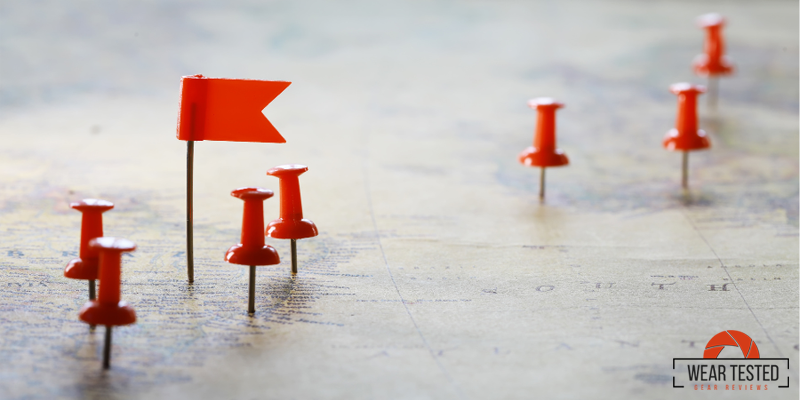A waypoint is a reference point defined by coordinates such as latitude and longitude. It can be a point or place on a route, a stopping point, or a point where a course changes.
To set up waypoints for a smooth drone video path, follow these strategies:
Plan Your Route Carefully
Before setting up waypoints, carefully plan your desired flight path and shots. Visualize the scenes you want to capture and how the drone should move between them. This pre-planning will help you create a more cohesive and fluid flight path.
Use Gradual Movements
When setting waypoints, aim for gradual, smooth transitions between points rather than abrupt changes in direction or altitude. This means:
- Spacing waypoints further apart to allow for gentler curves
- Avoiding sharp turns or sudden altitude changes
- Using gentle arcs and curves instead of straight lines between points
Optimize Speed Settings
Adjust the speed settings for your waypoint mission:
- Use slower speeds for smoother footage, especially when flying close to subjects
- Maintain a consistent speed throughout the flight path
- Consider using the “curve” option in waypoint settings to create smoother transitions between points
Incorporate Camera Movements
Plan camera movements along with the drone’s path:
- Gradually adjust gimbal pitch and yaw between waypoints
- Use points of interest (POIs) to keep the camera focused on a specific subject while the drone moves
Altitude Considerations
Pay attention to altitude changes:
- Make altitude changes gradual between waypoints
- Consider the terrain and adjust waypoint altitudes accordingly to maintain a smooth flight path
Use Advanced Features
Take advantage of advanced waypoint features in your drone’s app:
- Utilize curve or arc options for smoother turns
- Adjust individual waypoint settings like speed, altitude, and heading
- Use mission-wide settings to control overall flight characteristics
Set Waypoints Far Apart for Long, Smooth Transitions
- Space out waypoints to avoid rapid, frequent changes in direction. This helps the drone move more fluidly and produce more stable video footage.
Wind and Weather Considerations
- Fly in calm weather conditions to minimize environmental impact on stability.
- Choose lower altitudes in windy conditions to reduce the effect of wind on flight stability.
Test & Refine
After setting up your waypoints:
- Perform a test flight to identify any issues
- Adjust waypoints, speed, or camera movements as needed
- Consider flying the route manually first to get a feel for the best path and movements
Post-Processing
Refine videos with post-processing when possible:
- Use video stabilization software to smooth out any remaining shakiness
- Adjust playback speed in editing to fine-tune the pacing of your footage
By combining these strategies, you can create waypoint missions that result in smooth, professional-looking drone footage. Remember to always fly safely and in accordance with local regulations.

